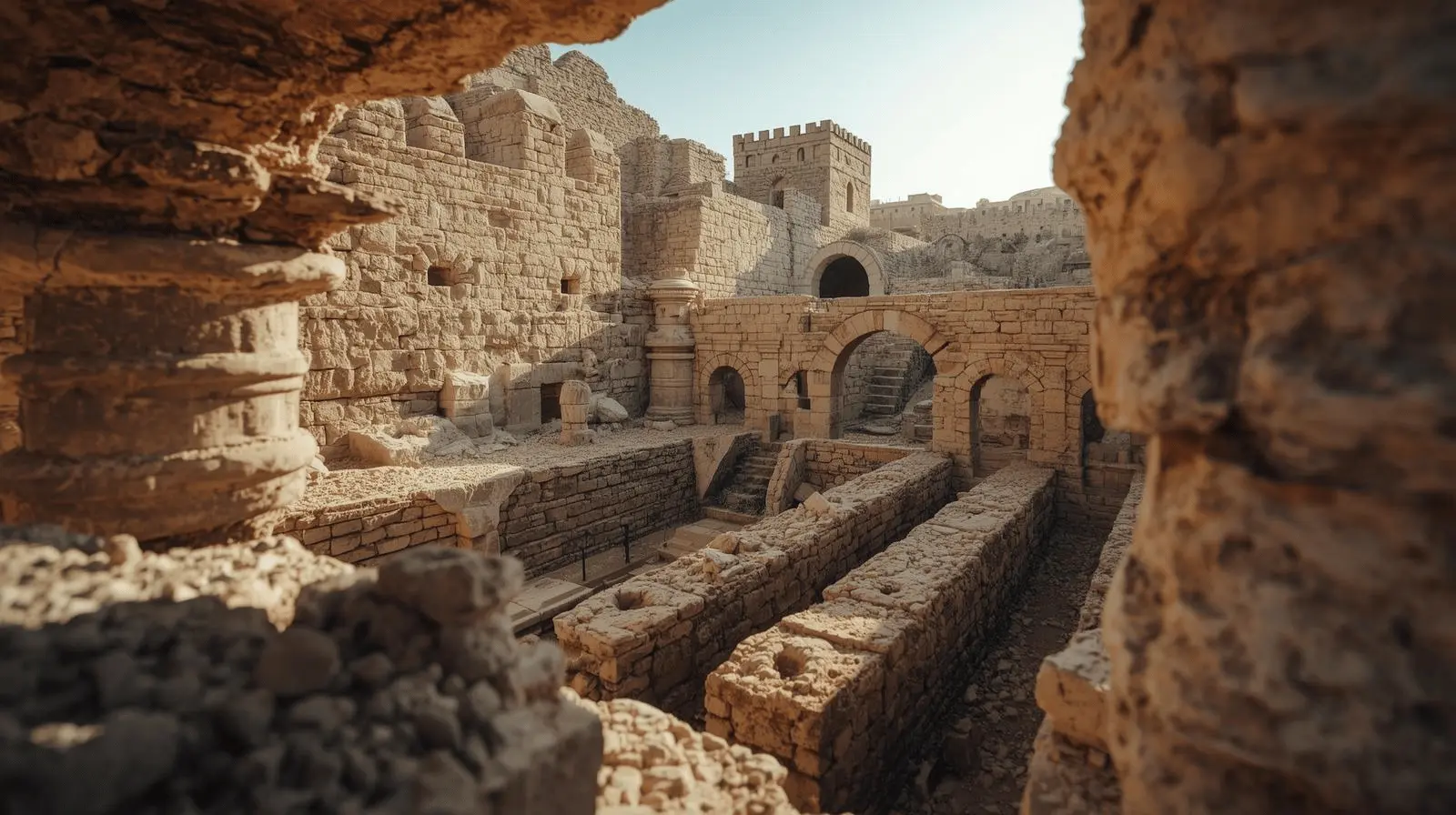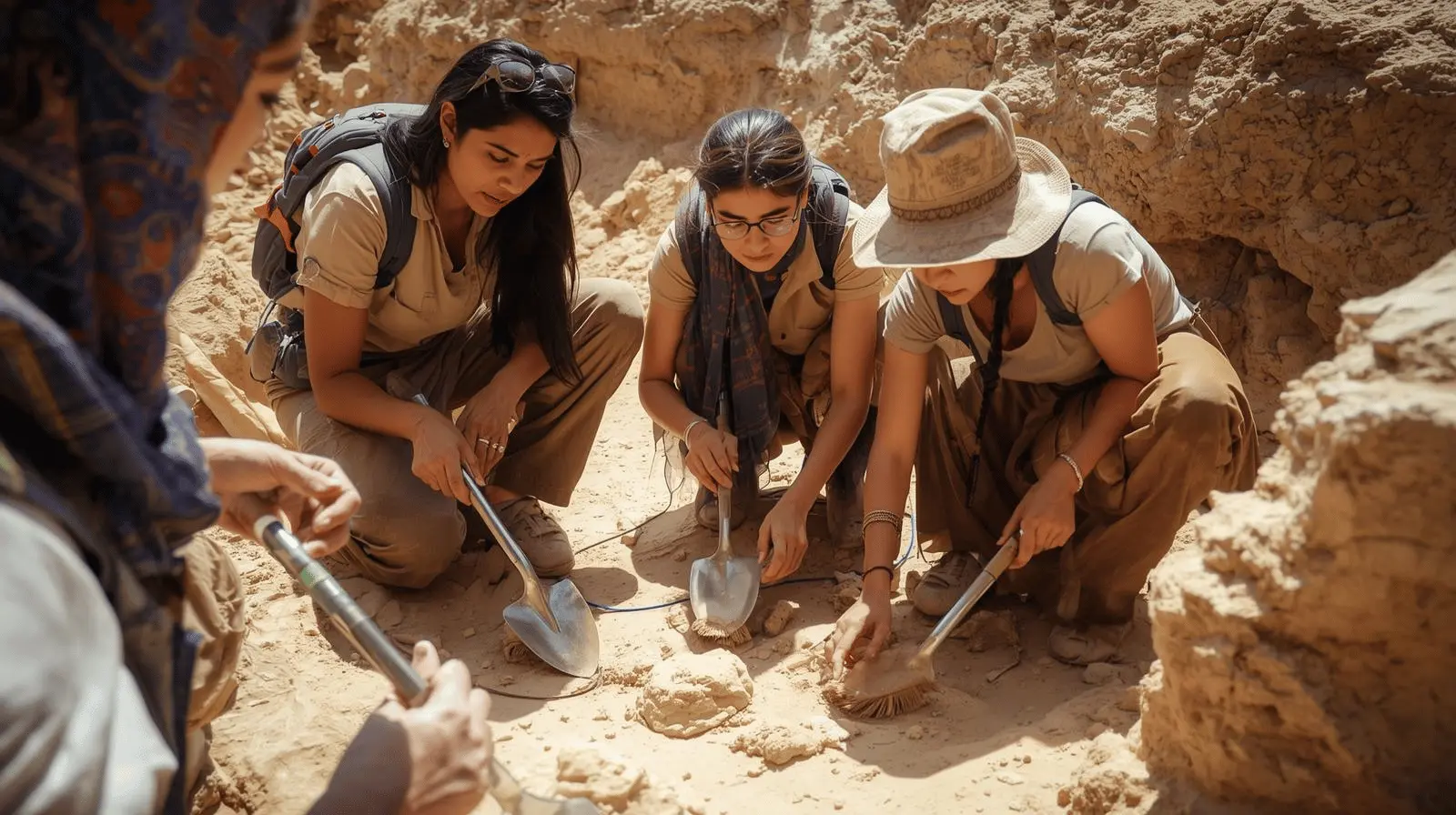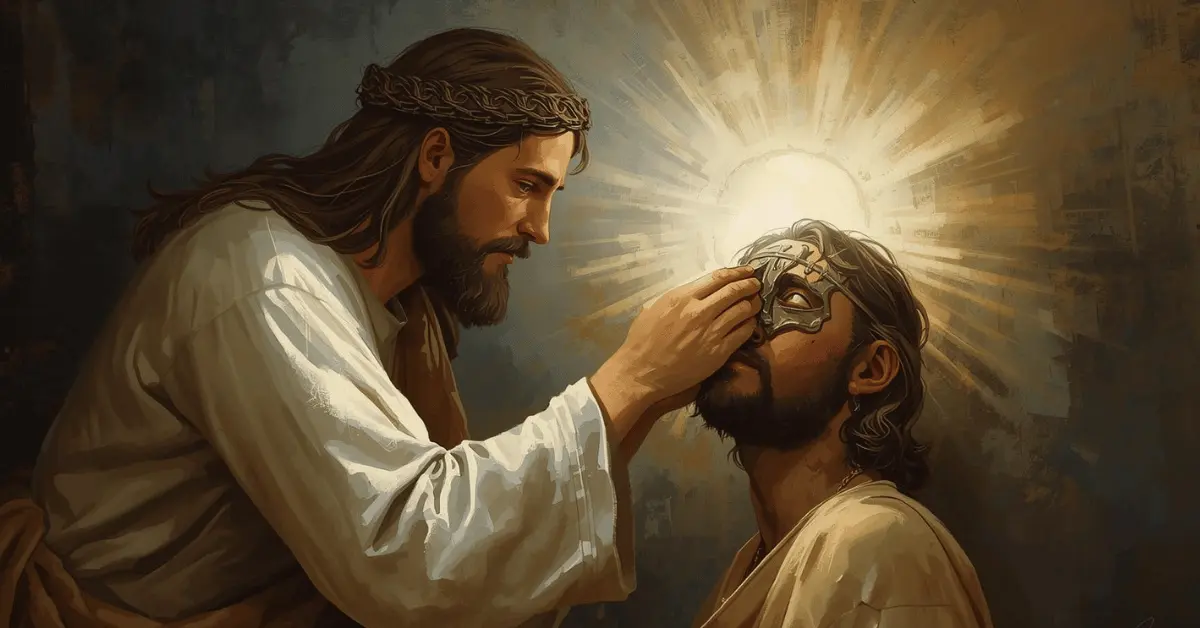The healing of the blind man in John 9 is one of the longest miracle accounts in the New Testament.
It is not just a healing story — it is a drama of faith, conflict, and revelation.
Believers see it as proof of Jesus’ divine power. Scholars often see it as theology wrapped in narrative.
The Story in John 9: How the Gospel Tells It
The Man Born Blind
The story begins with Jesus encountering a man who had been blind since birth. His condition sparks a theological question: did his blindness result from his own sin or his parents’ sin?
Jesus’ Healing Method
In a strikingly physical act, Jesus spits on the ground, makes mud, and spreads it on the man’s eyes. He tells him to wash in the Pool of Siloam. After obeying, the man gains sight for the first time.
Community Reactions
The miracle creates chaos. Neighbours debate whether it’s really the same man. Religious leaders call the healing into question. Even the man’s parents are afraid to testify, fearing social backlash.
Conflict with the Pharisees
The Pharisees interrogate the man multiple times. They accuse Jesus of breaking Sabbath law by healing. In contrast, the man boldly proclaims Jesus must be from God, even though he does not fully understand him yet.
The Final Revelation
The story closes with Jesus declaring himself the Son of Man. The once-blind man confesses faith and worships him.
Historical Possibility

Jesus’ Reputation as a Healer
All four Gospels consistently portray Jesus as a miracle-worker. Healings of blindness, paralysis, and other conditions occur in multiple accounts. This wide tradition suggests that Jesus was remembered as a healer.
The Pool of Siloam and Archaeological Support
The Pool of Siloam, central to this story, has been discovered by archaeologists in Jerusalem. Its existence supports the geographical detail of John 9, giving the account a realistic backdrop.
Blindness in the Ancient World
Blindness was common in first-century Palestine, often caused by infection or injury. A miraculous restoration of sight would have been extraordinary, making it likely that such an event, if real, was remembered vividly.
Skeptical Concerns
Despite these details, many scholars argue the story is theological first, historical second. The symbolic mud-making act recalls creation in Genesis. The extended debates with Pharisees sound more like theological teaching than a memory of real events.
A Balanced Assessment
It is possible that John 9 preserves a historical healing tradition but has been shaped into a carefully designed narrative with layers of symbolic meaning.
Related Posts
- Why Israel Is the Key to End-Time Prophecies
- The Secret Meaning of 144,000 in Revelation Explained
- 9 Signs of the End Times According to Scripture
- It Is Finished — John 19:30 Explained
Symbolism of Sight and Blindness
Jesus as the Light of the World
In John’s Gospel, light represents truth and revelation. By healing a man blind from birth, Jesus demonstrates his role as the one who brings divine light.
The Man’s Spiritual Journey
The healed man progresses in how he identifies Jesus. At first, Jesus is “a man.” Later, he is “a prophet.” Finally, he is “Lord.” This progression mirrors the journey of discipleship and growing faith.
The Blindness of the Religious Leaders
Ironically, the religious leaders — who claim to see clearly — remain blind to truth. Their refusal to accept the miracle highlights the danger of spiritual pride.
Comparisons with the Synoptic Gospels

Healings of Blindness in Matthew, Mark, and Luke
The Synoptic Gospels record other healings of blindness, such as Bartimaeus in Mark 10 and two blind men in Matthew 9. These accounts are much shorter and less symbolic.
John’s Distinctive Approach
John treats miracles as “signs” with deep theological meaning. Instead of short reports, his miracles include dialogue, conflict, and interpretation. John 9 fits this pattern perfectly.
Jewish Beliefs About Blindness in the First Century
Blindness as a Sign of Sin or Judgment
In Jewish culture, physical conditions were often linked to sin or divine punishment. The disciples’ question — “who sinned, this man or his parents?” — reflects this belief.
Healing as Restoration of Honour
Blindness not only limited physical ability but also social standing. Healing restored not just sight, but dignity and inclusion in the community.
Prophecies of Healing
Jewish scriptures, such as Isaiah, foretold that the Messiah would give sight to the blind. For John’s audience, this healing signaled Jesus’ fulfillment of messianic prophecy.
Early Christian Interpretation of John 9
Church Fathers on the Healing
Early church writers like Augustine and Chrysostom saw John 9 as rich in allegory. For them, the mud symbolized creation, and the healing symbolized baptism and spiritual renewal.
Use in Worship and Teaching
The story became a favourite text in early Christian preaching, used to illustrate Jesus as the light of the world. It was also linked to themes of conversion and initiation into faith.
Archaeological and Historical Insights

Discovery of the Pool of Siloam
In 2004, archaeologists uncovered the Pool of Siloam in Jerusalem. Its presence validates the Gospel’s geographical detail and grounds the story in a real location.
Medical Possibilities
Some historians consider whether partial blindness or temporary conditions could have been mistaken for total blindness, making healing more plausible. Still, the text insists he was blind from birth, underlining its miraculous nature.
Theological Messages of the Story
Faith vs. Unbelief
John 9 illustrates that openness to Jesus brings vision, while rejection leads to blindness. The healed man becomes a model of faith, while the leaders embody stubborn unbelief.
Transformation Through Encounter
The blind man not only receives sight but also undergoes transformation. By the end, he becomes a bold witness to Jesus, contrasting with the fearful silence of his parents.
The Role of Obedience
The man’s healing depends on his obedience to Jesus’ command to wash in Siloam. This highlights faith in action — trusting and responding to Jesus even before full understanding.
Modern Perspectives on John 9
Believers’ View
For Christians, John 9 is historical truth. It demonstrates Jesus’ power to heal both physically and spiritually, and it confirms his identity as the Messiah.
Scholars’ View
Biblical scholars often emphasize that John 9 functions as a theological drama. They see it as a story crafted to illustrate faith, not simply to record a miracle.
Integrating Both Views
Some interpreters suggest that John 9 reflects both real memory and symbolic expansion — a historical healing retold with theological purpose.
Conclusion: Seeing Beyond the Question of History
The story has more than one kind of truth. Historically, it may preserve a memory of Jesus’ healing ministry. Theologically, it powerfully portrays Jesus as the light of the world who gives true vision.
For further exploration of miracles and their place in historical study, the Stanford Encyclopedia of Philosophy offers valuable resources (read here).
Frequently Asked Questions
Why did Jesus use mud and spit to heal the blind man?
The use of mud made from spit echoes the creation story in Genesis, where God formed humanity from dust. John may be showing Jesus as the divine creator who brings new life.
What does the Pool of Siloam symbolize in John 9?
The Pool of Siloam was a real location in Jerusalem, used for ritual washing. In John’s Gospel, it symbolizes obedience and cleansing. The man’s healing only happens after he follows Jesus’ command to wash there, highlighting faith in action.
Why were the Pharisees so upset about the healing?
The healing took place on the Sabbath, which the Pharisees believed prohibited certain kinds of work. To them, Jesus was breaking God’s law.
Was the blind man really blind from birth?
The text insists that he was blind from birth, underlining the miraculous nature of the healing. Some scholars have speculated about natural explanations, but John presents it as a complete transformation beyond human medicine.


1 thought on “Did Jesus Really Heal the Blind Man? Investigating John 9 as History”